5 Things I’ve Learned as a 3D Artist
- Behind the Scenes
- Tutorials
- Posted by Paul Deasy on February 28 2019
Share Tweet
I’m one of the 3D character modellers in Brown Bag Dublin. My day to day job is creating digital sculpts in ZBrush, cleaning them up, preparing them for animation and creating facial expressions for the animators to use.
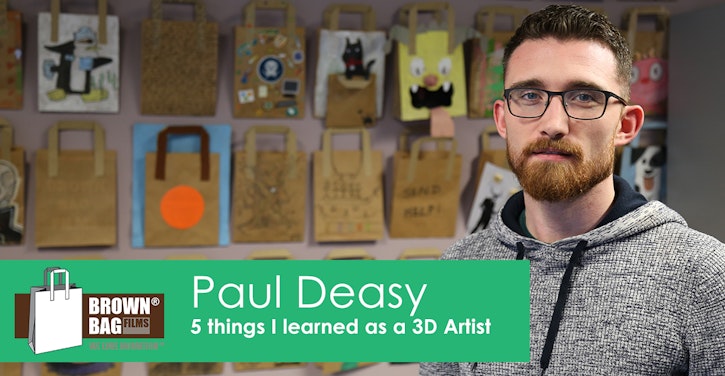
Brown Bag was my first job in the industry, I’ve been here just under 3 years now. Along the way, from years of practicing every day at home up to now, having a few years behind me in the industry, I’ve learned more than I would have ever thought possible in that space of time.

Here are five things I've learned as a 3D Artist:
1. Always be in search of mentorship and inspiration
Before I got to Brown Bag, I used to reach out to artists and ask them questions, like how they came to a certain composition or what way they approached a certain aspect of their work and I often reached out to some artists for critique on my own work when I had established a bit of a rapport with them.
When I started in Brown Bag, I had a bunch of amazing modellers right beside me that helped me constantly, as I was the new guy. This is probably one of the biggest leaps in growth as an artist that I've ever experienced.
Everyone, from the 15-year-old artist drawing in their kitchen, all the way to a top industry professional who’s got over a 25-year career span, needs feedback and critique to grow from. Finding your peers and learning from them is a crucial part of being an artist!
In a nutshell, don’t work in a bubble!

2. Don’t underestimate how important anatomy study is
When it comes to creating character sculpts, or 2D for that matter, I see a lot of people who work in one style. It seems that this is often due to not actually understanding the human body but simply having spent so much time copying a specific style they like, and not knowing how to break out of that or adapt further.
There’s nothing wrong with copying artwork from artists you aspire to be like. In fact, I’d very much encourage it, but don’t let that replace the fundamentals of creating a character. Don’t do a hand a certain way, or an eye a certain way because you’re copying a hand from one artist's work and an eye from another and so on.
Understand the anatomy, the structure of a hand or an eye and your options open up as far as your imagination will allow because now you have something solid to base on and you can add your style on top of your real life knowledge. Also, if you have to draw an eye from an angle you’ve never done before, when copying someone, you’re going to run into trouble.
Go to a life drawing class, watch tutorials, read books, whatever you have to do! Understanding anatomy is a staple of any true character artist’s toolkit.

3. Have a mental checklist
This is something I do when I’m sculpting, pretty much every time I finish a certain element of the sculpt. Basically, it’s pulling back from your work for a minute or two to really look at it again as a whole and make sure you’re hitting all the right notes.
A few of my favourite questions to ask myself would be:
1 - Does the silhouette work?
2 - What makes the 2D work and am I catching that in the 3D? (If I’m adapting someone’s 2D).
3 - Does the anatomy/proportions look right?
4 - Is there anything I should get rid of because it’s not serving the piece? (Even if you've spent hours on it, as the saying goes, “kill your darlings”).
5 - Am I adhering to the character's narrative? (If it’s working from my own design).
6 - Do the shapes flow together well?
7 - Have I got the correct volumes in there?
Some things are specific to a sculpt. For example, if you’re making an elf with big pointy ears and you want that light to break through the ear a little i.e. Sub Surface Scattering. You need to think about whether you have made the ears the correct thickness for that to work.
Taking a step back to just keep an eye on whether you’re keeping to these kinds of things is something I find very valuable because it’s very easy to get lost in a piece of art you’ve been working on for hours and lose perspective of the whole.
Also, of course, sometimes walking away from your work for a little while or working on something else for a bit, to come back to it with a fresh eye, will help you more easily identify your mistakes.
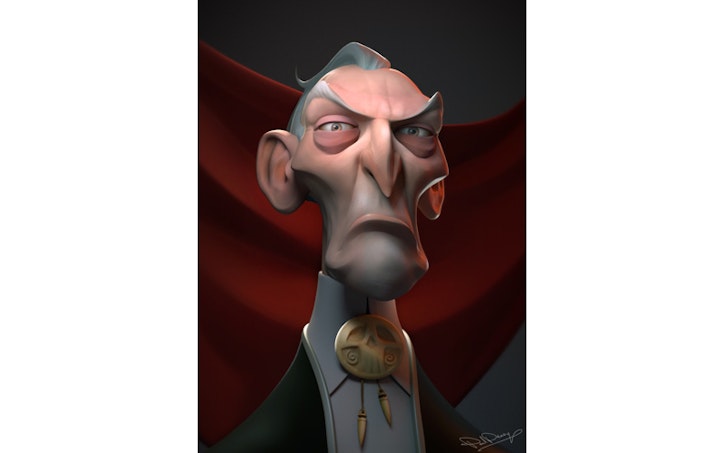
4. Be thinking of art all the time
For me, when I’m walking around day to day, people’s faces will regularly catch my eye. There could be an abrupt or a subtle thing about their face that just catches my attention and I’ll take a mental note of that. When I’m talking to someone, even people I know well whose faces I have been seeing for years, I’ll just start scanning their face, looking at how their skin folds when they do certain facial expressions, their facial hair or how the shape of one of their nostrils is different, could be anything!
Faces are something I look at constantly, but of course, I’m also taking note of people I see wearing interesting clothing, or anything that stands out as unique or quirky.
Your brain shouldn’t just turn off when you’re not actively doing your work. Let it be part of your everyday.
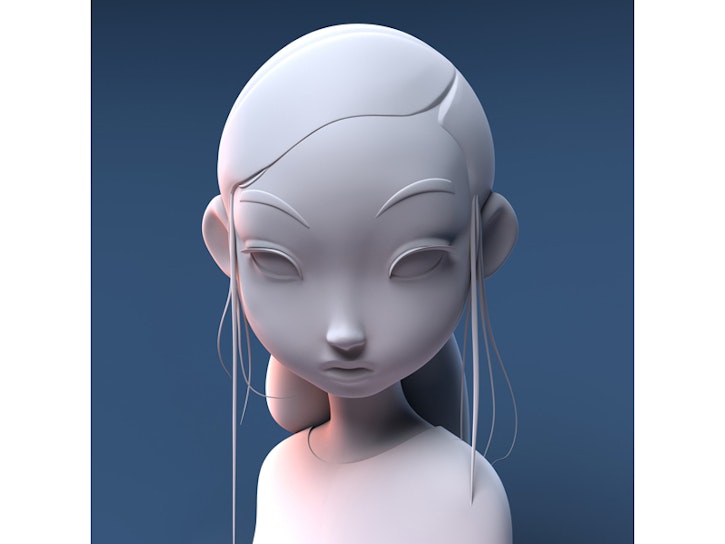
You don’t want all your reference and inspiration to come from google images or other artists work. You’ve got a world of reference and inspiration around you if you keep your eyes open and take it in.
You can also go out and actively look for it, like going to the zoo and drawing some of the animals, going to a museum, or a fashion event, or tattoo convention where you’ll get lots of different kinds of people, even just sketching in a coffee shop!
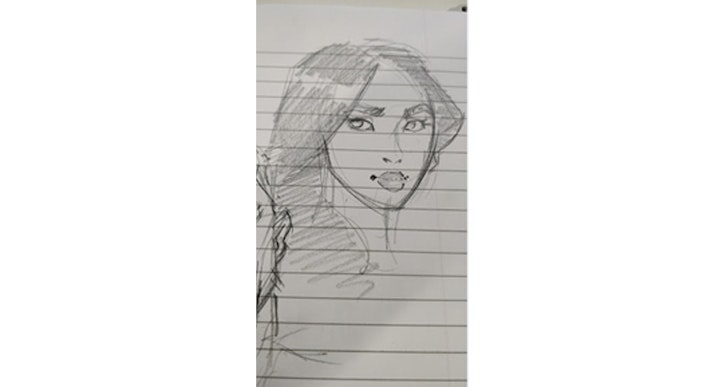
5. Present your work well
I used to fall prey to badly presented work. This was a lesson I learned very early on when I started in Brown Bag.
A guy by the name of Brice Laville Saint Martin, who worked in Brown Bag for a while and is an extremely talented sculptor, said to me, that I needed to learn at least the basics of how to render my sculpts properly.
From his recommendation, I started using Pixar's Renderman. I brought my work into Maya, set up a simple light rig, some simple shaders and it made a world of difference to my work.
Before that, I was simply rendering in ZBrush, or sometimes using Keyshot, but without really understanding how to use it right and ending up with terrible renders that were detracting from my sculpts.
Your sculpt could be great, but if it’s not well presented in the final image, which is what people and employers are going to be seeing, then you're doing your work a disservice and falling behind all the other artists that present their work properly. There’s an element of professionalism to it.
I’ve since started using Arnold Renderer, as it comes native with the later versions of Maya and both Arnold and Renderman are great for getting a really appealing clean render without too much work. Take the time to learn one, even if it’s not one of those, you have renderers like V-ray and Redshift, for example, that will also do a great job. It’s your choice, just do your research and find what you like the look of.
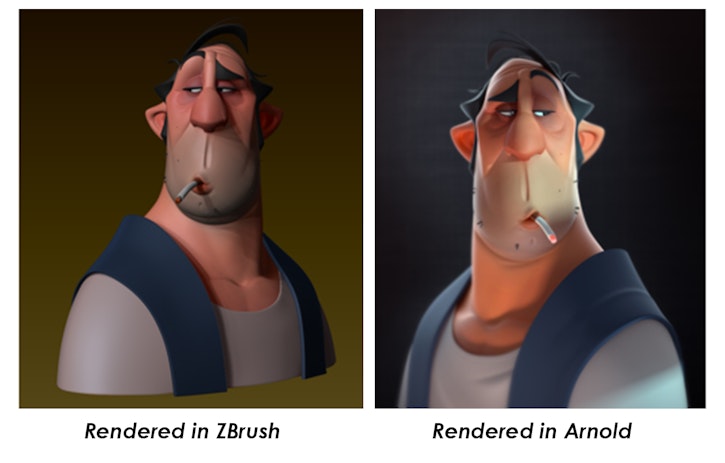
After you’ve got your renders, where do you put them? For a modelling portfolio, don’t only have a video of your models rotating. This is really inconvenient for the viewer. Stopping and starting a video to look at work is just annoying. I’ve yet to meet anyone who actually likes this (they might be out there somewhere, but we want to serve the masses here and get as many people to enjoy looking at our work as possible).
Get a portfolio site and put your work there. ArtStation has become the industry standard, it’s simple and most people know how to navigate it, so it works really well. People are here to see your work, not the website, fancy slides and loads of pages are just an obstacle between the viewer and your work.
For each sculpt you do, post your renders and if then you want to do a turnaround video, you can add it in along with the renders, or even better, a Marmoset Viewer or Sketchfab Viewer. Look at other popular artists' ArtStation pages and see how they approach it.
At the end of the day, with more experience, you’ll have your own list of things you’ve learned along the way. The most important part is having fun making your work so you can love it and you, therefore, stick to it. And even if you’re already in the industry, or plan to be someday, always do your own personal work to keep that love for it alive!
You can view more from Paul on his ArtStation and Instagram!
Paul Deasy
We Love Animation®
Brown Bag Labs is an exciting online space, brought to you by Brown Bag Films. We share great content for families as well as behind the scenes fun and tutorials from the Brown Bag Films team.



Get our great newsletter!
Get our great newsletter!